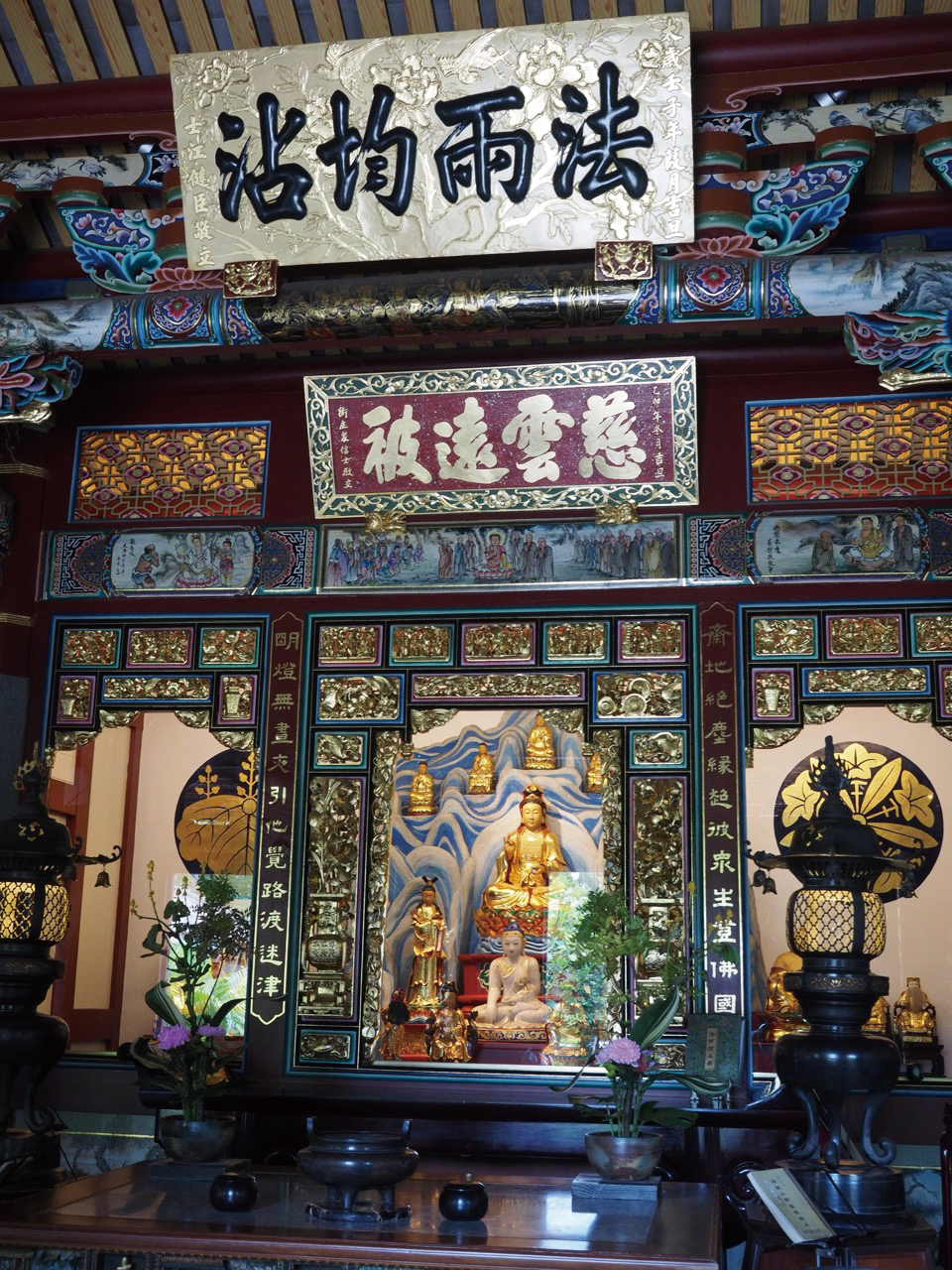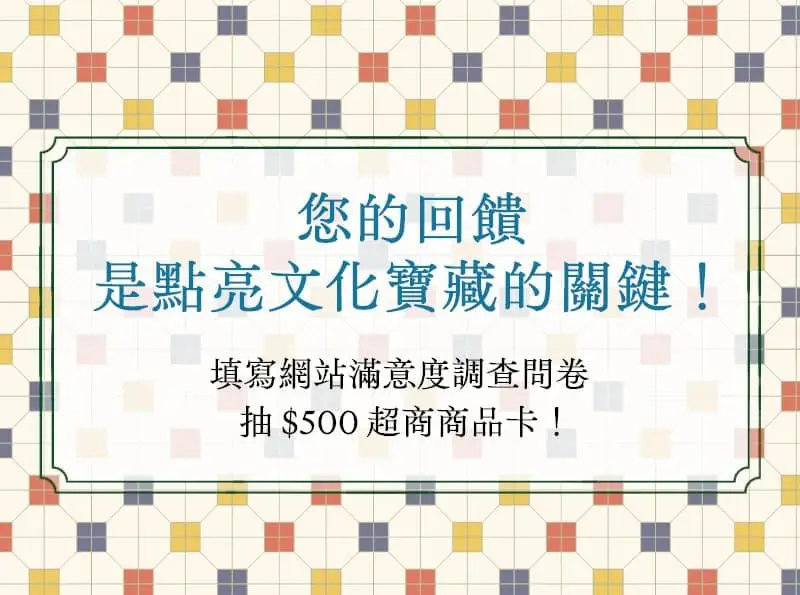大溪齋明寺主祀觀音菩薩,為大溪最古老的禪寺,方位座東北朝西南,寺前有雙重牆欄,入口立有成對門柱,上題「莊嚴憑法音,圓覺悟禪機」,環境清幽,隔絕塵囂,大有禪寺風雅寧靜的氛圍。
齋明寺創建時原名「福份宮」,是齋教龍華派齋堂。齋教即「在家佛教」,興起於明朝中葉,信眾在家持齋,不需出家。清嘉慶年間齋教大量進入臺灣,同治12年(1873),第二代住持黃普瑟整修草庵築堂,改稱齋明堂。大正元年(1912)擴建正殿與兩側廂房, 昭和4年(1929)廟後興建翠靈塔,供民眾安奉祖先遺骨。昭和12年(1937)日本政府進行「宗教整理」,更名為齋明寺,民國88年(1999)歸法鼓山門下。
齋明寺原為單進兩護龍三合院式廟宇,後增建為單進四護龍,舊時中庭植草皮,屋頂牆身與一般民居無異,正殿無檐廊為其特色,風貌古樸,與齋教在家持齋修道精神映合。而現今庭院設施與客房、佛堂等現代建築為第七代主持聖嚴法師時期陸續增建,其採用減法、單純與低調的手法,降低禪堂屋簷、運用清水混凝土、迴廊等元素,讓新建築如背景一般,突顯百年古剎的歷史風華,曾獲「2012臺灣建築獎」首獎殊榮。
齋明堂自始即與大溪地區士紳密切互動,大溪、龍潭的廟宇興廟建醮祭典,都會前來恭請觀音菩薩前往作客。

.jpg)


.jpg)
.jpg)
.jpg)
.jpg)








